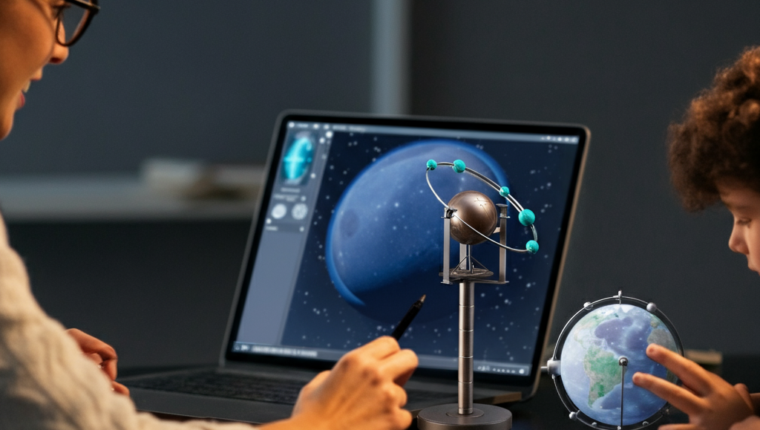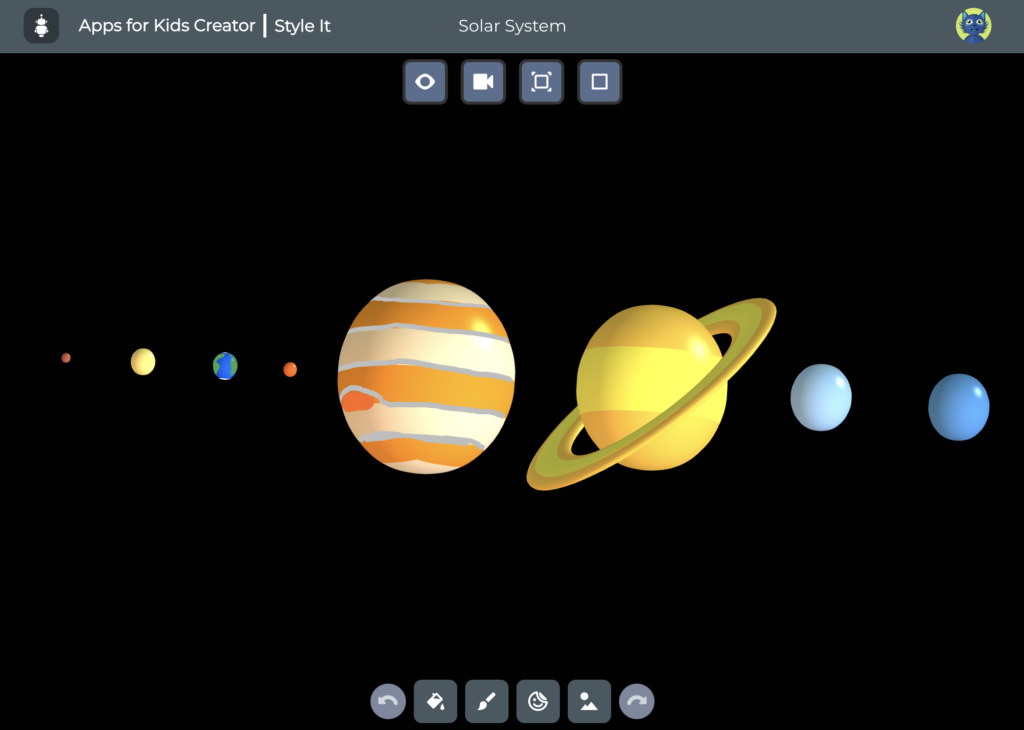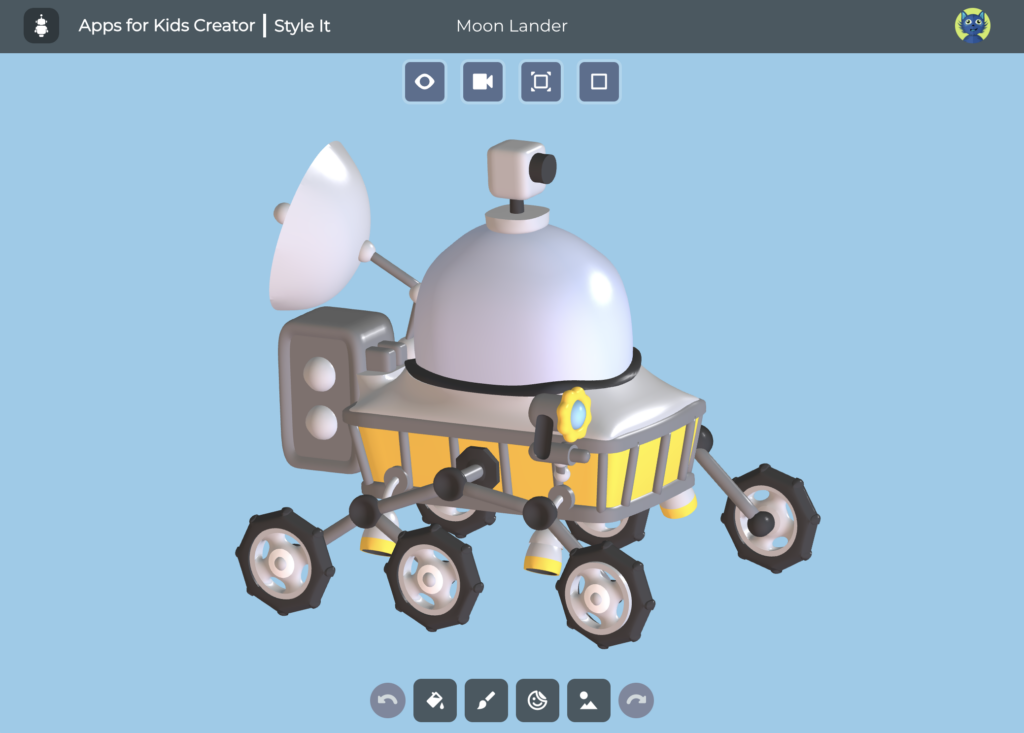
Bringing Astronomy to Life with 3D CAD Software in STEM Education
The Lunar New Year reminds us of the wonders of the cosmos—what better time to explore how 3D CAD software can bring astronomy to life in STEM education? Indeed, astronomy has captivated the imagination of humans for centuries, and modern tools like 3D CAD software now allow us to turn this passion into a practical and educational experience. STEM education benefits immensely from integrating 3D CAD, offering students a hands-on, innovative pathway to explore the universe.
By blending science, technology, engineering, and math, you’ll uncover exciting ways to inspire elementary and middle school students while introducing them to cutting-edge tools they’ll use in the future.
Astronomy has always fascinated young minds with its vast expanse of stars, planets, and mysteries waiting to be unraveled. But how can teachers make this captivating subject even more engaging for elementary and middle school students? By integrating STEM activities with 3D CAD software! This approach sparks curiosity about space and helps students develop critical engineering, design, and technology skills.
Why STEM and Astronomy are a Perfect Match
Astronomy is the perfect gateway into STEM for young learners. It naturally integrates concepts from science (understanding celestial bodies), technology (using telescopes or software), engineering (designing spacecraft or simulations), and mathematics (tracking orbits or calculating distances). This holistic approach makes abstract concepts tangible for students, fostering problem-solving skills and creativity.
3D CAD software like SOLIDWORKS Apps for Kids allows students to visually and interactively engage with these STEM principles. Instead of just reading about planets or seeing images in a textbook, students can design their own models, experiment with shapes, and build their understanding of space through hands-on activities.
Indeed, 3D CAD (Computer-Aided Design) software is a powerful tool allowing students to visualize and create astronomical objects and concept models. Here’s why it’s a game-changer and why it’s important to bring Astronomy to Life with STEM Activities :
- Hands-On Learning: Students actively participate in designing and building, turning abstract concepts into tangible projects.
- Cross-Disciplinary Skills: Combines science (astronomy), math (geometry), engineering (design), and technology (software use).
- Fosters Creativity: Encourages students to think outside the box while designing models of planets, spacecraft, or even alien habitats.
- Prepares for the Future: Introduces students to tools and processes used in engineering and design careers.
STEM Astronomy Activities for Elementary and Middle Schools
1.Build a Solar System Model in 3D CAD

One of the most iconic astronomy activities is creating a solar system model—why not take this classic project to the next level using 3D design?
- Objective: Teach students about planet sizes, distances, and orbital paths.
- Execution:
- Using Shape It, guide students to design 3D models of planets based on sizes and proportions relative to each other.
- Use Style It to customize textures, like Jupiter’s red spot or Saturn’s rings.
- Compare planetary attributes such as size, material composition, and surface features through the customization process.
- Outcome: Students learn planetary science while building digital replicas, gaining technical skills and spatial reasoning along the way.
2. Design Your Own Alien Planet
Encourage students to explore creativity and science by having them design their own alien planet!
- Objective: Develop a scientific understanding of planetary habitability while fostering creativity.
- Execution:
- Brainstorm factors that affect habitability, such as temperature, water availability, and atmosphere composition.
- Use Shape It to create unique landforms—volcanoes, oceans, or ice caps.
- Encourage students to use Style It to add imaginative details, like glowing oceans or atmospheres in vibrant colors.
- Outcome: Students combine real science with their creativity, developing a deeper understanding of the environmental factors required to sustain life.
3. Engineer a Spacecraft for Deep Space Exploration

Spacecraft design is a fascinating activity for students who love to explore engineering.
- Objective: Introduce basic engineering principles while encouraging problem-solving.
- Execution:
- Task students with designing a spacecraft capable of a deep-space mission (e.g., studying the moons of Jupiter).
- Challenge them to incorporate functional elements like solar panels, heat shields, and antennae.
- Use Style It to personalize designs with mission-specific colors and logos.
- Outcome: Students learn engineering trade-offs through this activity, such as balancing size, mass, and functionality.
4. Model the Phases of the Moon
Understanding the moon’s phases becomes far more engaging with a visual, interactive model.
- Objective: Explain how light from the Sun interacts with the Earth and Moon to create lunar phases.
- Execution:
- Students design a simple Earth-Moon-Sun model in Shape It.
- Demonstrate how changing angles and positions affects what we see from Earth.
- Animate the phases using Capture It for a presentation.
- Outcome: This equips students with both conceptual knowledge and software technical skills.
5. Create a Constellation in 3D
Help students understand patterns in astronomy by designing their own constellations.
- Objective: Teach students how constellations are formed and understood.
- Execution:
- Have students research existing constellations or invent their own by connecting points (stars).
- Use Shape It to map the constellation digitally.
- Include creativity by naming constellations or designing mythologies around them.
- Outcome: Students realize the human element of astronomy and how cultures connect patterns in the night sky.
6. Asteroid Impact Simulator
Dive into the physics behind asteroid impacts with this thrilling activity.
- Objective: Use realistic simulations to teach concepts like speed, mass, and energy transfer.
- Execution:
- Create digital asteroid models in Shape It.
- Challenge students to design Earth’s defenses, such as protective shields or diversion tools.
- Simulate collision scenarios with animations that showcase cause and effect.
- Outcome: Students use their knowledge of physics and problem-solving techniques in an engaging format.
Best Practices for Introducing STEM Astronomy
When introducing 3D CAD software to students, here are some tips to enhance their learning experience:
- Start Simple: For younger students, keep initial projects straightforward to build confidence.
- Highlight Real-World Connections: Discuss how engineers and scientists use tools like SOLIDWORKS.
- Encourage Teamwork: Create opportunities for students to collaborate on projects, building teamwork and communication skills.
- Celebrate Creativity: While teaching STEM fundamentals, always encourage students to experiment and think outside the box.
Integrating astronomy and 3D CAD software into your STEM curriculum prepares students for a future where science and technology intersect seamlessly. SOLIDWORKS Apps for Kids makes this process engaging, accessible, and full of possibilities for elementary and middle school students.
Back to Blog
